Introduction: A Small Appliance with a Big Cultural Heart
Imagine the comforting aroma of freshly steamed gohan (ご飯, rice) wafting through a Japanese home. Rice isn’t just a side dish in Japan, it’s a daily staple, a cultural symbol, and the foundation of countless meals, from simple breakfasts to luxurious kaiseki (懐石) dining. At the center of this culinary tradition sits a humble yet highly sophisticated tool: the Japanese rice cooker.
Modern Japanese rice cookers (suihanki, 炊飯器) are more than just pots that boil rice. They are carefully engineered marvels, designed for convenience, precision, and remarkable versatility. Whether you’re a first-time buyer or a rice enthusiast looking to upgrade, understanding the different types, features, and uses of rice cookers can transform your kitchen routine and your appreciation for every bowl.
And of course, serving perfectly cooked rice in handcrafted Japanese bowls elevates the experience even further blending function with beauty in true Japanese style.

Why Japanese Rice Cookers Stand Out
Japanese rice cookers are renowned for their precision, consistency, and ease of use. Here’s what sets them apart:
- Hands-free operation: Just measure, add water, and press a button, no babysitting required.
- Automatic cooking: Built-in thermostats and heating elements ensure exact timing and temperature.
- Micom (microcomputer-controlled) technology: Adjusts cooking for different rice varieties like short-grain sushi rice, brown rice, or sticky rice.
- Induction heating (IH) and pressure cooking: Advanced models use IH for faster, more even heating, and pressure for fluffier, tastier rice.
- Convenient features: Delay timers, keep warm functions, and programmed cooking flows for other dishes.
Many models also include a glass lid for easy viewing, a steam tray for vegetables or protein, and a rice paddle (shamoji, しゃもじ) to serve with minimal sticking.
The Anatomy of a Japanese Rice Cooker: Key Features Explained
- Triple heater system for even cooking
- Detachable and washable inner lid for easy cleaning
- Removable steam vent cap to prevent overflowing
- Scratch-resistant nonstick inner pan
- High-contrast water measurement markings
- GABA brown rice setting for enhanced nutrients
- Umami menu setting for optimized flavor
- Sushi rice and mixed rice settings for specific dishes
Choosing the Right Rice Cooker: Types, Technology, and Capacity
1. Basic vs. Digital Rice Cookers
Basic models: One-touch cooking for white rice (hakumai, 白米).
Digital (Micom) rice cookers: Auto-cook menus for sushi rice, umami rice, brown rice, and more.
Induction Heating (IH) and Pressure models: Highest level of control for fluffier, tastier rice.
2. Capacity
- 3-cup rice cooker: Ideal for singles or couples.
- 5.5-cup rice cooker: Perfect for a family of four.
- 10-cup rice cooker: For larger households or entertainers.
Capacity is measured in rice measuring cups and refers to the maximum amount of raw short-grain white rice.
3. Brand and Technology
Premium brands like Zojirushi offer durability and advanced features, from triple heaters to specialized menu settings.
4. Rice Varieties and Versatility
Some cookers have specific settings for jasmine, brown, sticky, or sushi rice to ensure perfect texture every time.
How to Use a Rice Cooker Like a Pro
- Measure rice properly using the included rice measuring cup.
- Rinse rice thoroughly to remove excess starch (unless using rinse-free rice).
- Add water to the correct line inside the pot.
- Choose the appropriate menu setting sushi rice, umami, porridge, or slow cook.
- Press start and let the cooker’s pre-programmed menu handle the rest.
Pro Tips: Use the delay timer for fresh rice anytime. Keep warm settings maintain fluffiness. Clean removable parts after each use.
Beyond Rice: The Surprising Versatility of Japanese Rice Cookers
- One-pot meals: Chicken curry (chikin kare, チキンカレー), cheesy risotto, vegetable pilaf
- Steel-cut or rolled oatmeal
- Quinoa and other grains
- Porridge and congee
- Steamed vegetables and proteins
- Homemade cakes
Use the mixed rice or auto-cook menu to add ingredients like vegetables, protein, or crab seasoning for quick, flavorful meals.

Troubleshooting: Common Rice Cooking Issues (and How to Fix Them)
- Rice too hard or dry: Add more water or increase pre-soak time.
- Rice too soft or mushy: Use less water or select the correct menu setting.
- Rice turns yellow: Wash rice thoroughly and avoid leaving it on keep warm too long.
- Overflowing or spitting: Don’t exceed maximum levels; use correct settings.
- Rice sticks or burns: Ensure the inner pan and heating plate are clean.
Accessories That Enhance the Experience
Most Japanese rice cookers come with:
- Rice measuring cup (or rinse-free measuring cup)
- Spatula (shamoji)
- Spatula holder
- Steaming basket (for some models)
Recipe Inspiration: Go Beyond Steamed Rice
- Takikomi gohan (炊き込みご飯, seasoned mixed rice)
- Japanese curry rice (kare raisu, カレーライス)
- Savory umami rice with dashi and vegetables
- Steel-cut oatmeal
- Rice cooker cake

Japanese Rice Cooker FAQs
What does rice cooker capacity mean?
Capacity refers to the maximum amount of raw short-grain white rice the cooker can handle.
Can I cook other grains besides rice?
Absolutely! Most Japanese rice cookers can handle quinoa, oats, porridge, and even steam vegetables or proteins.
What comes in the box?
Typically, a rice measuring cup, spatula, and sometimes a steaming basket or spatula holder.
How do I clean my rice cooker?
Remove and wash the inner lid, steam vent cap, and nonstick pan after each use. Wipe the exterior with a damp cloth.
Conclusion: Elevate Everyday Meals
A Japanese rice cooker is more than a kitchen gadget it’s your gateway to authentic Japanese dining, whether you’re making sushi rice, hearty brown rice, or experimenting with one-pot meals. Its convenience, versatility, and precision make it an invaluable companion for anyone who loves Japanese cuisine.
When you serve your perfectly cooked rice in handcrafted Japanese tableware, you’re not just eating, you’re experiencing a piece of Japan’s rich cultural tradition.
Ready to bring a touch of Japanese craftsmanship into your kitchen? Pair your rice cooker with artisanal bowls and plates that reflect the beauty of Japanese design, and turn every meal into a celebration.


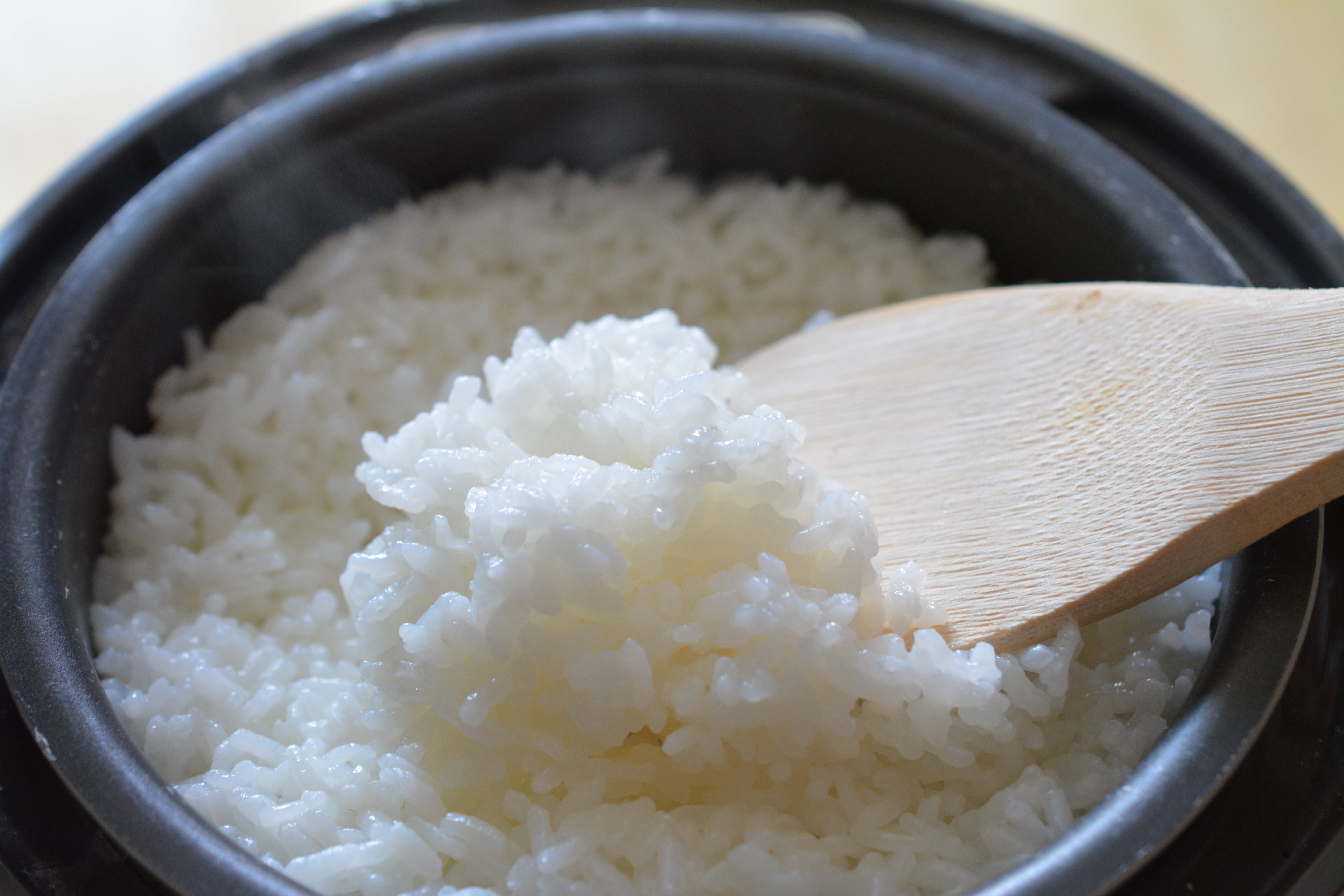


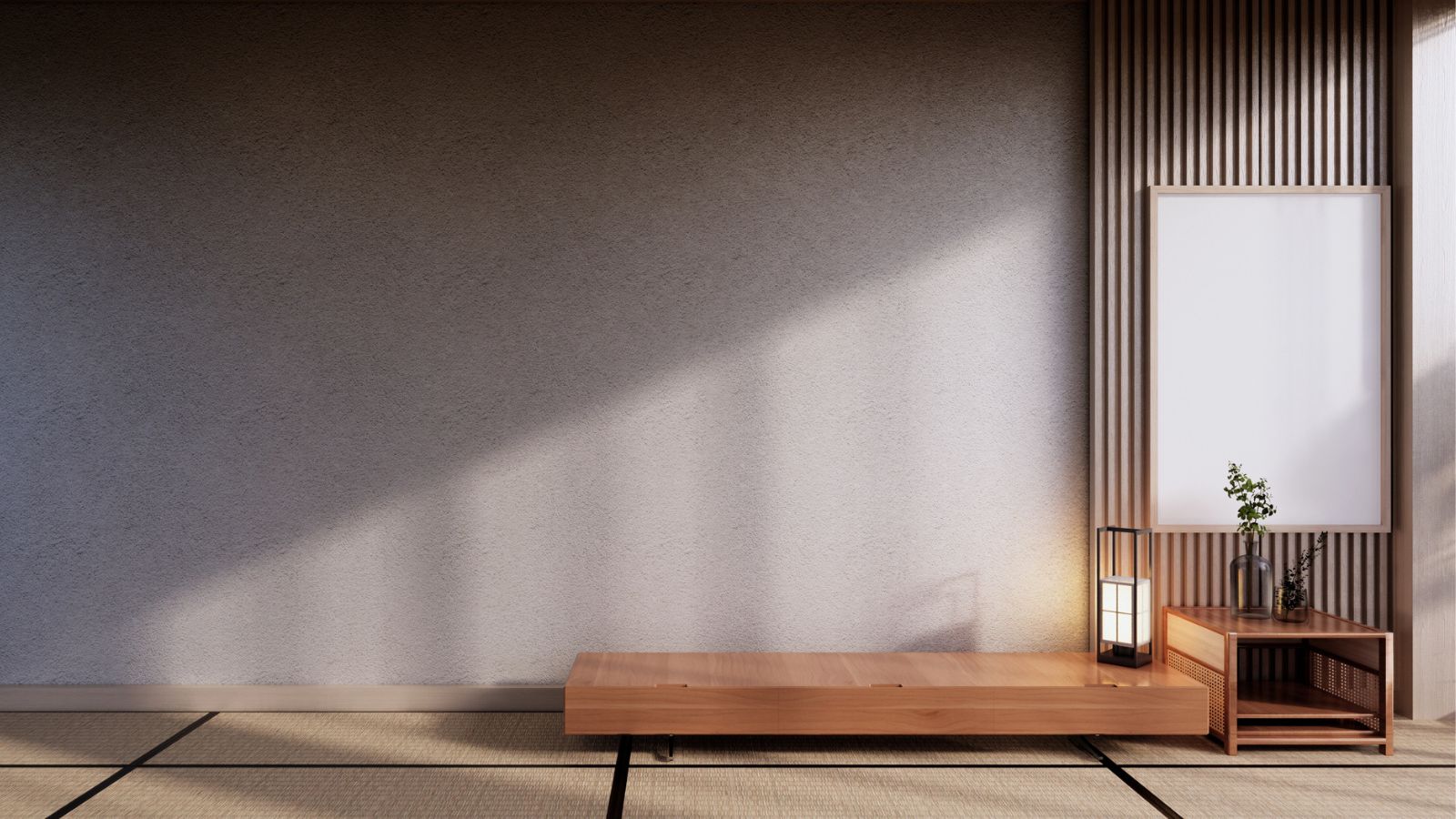


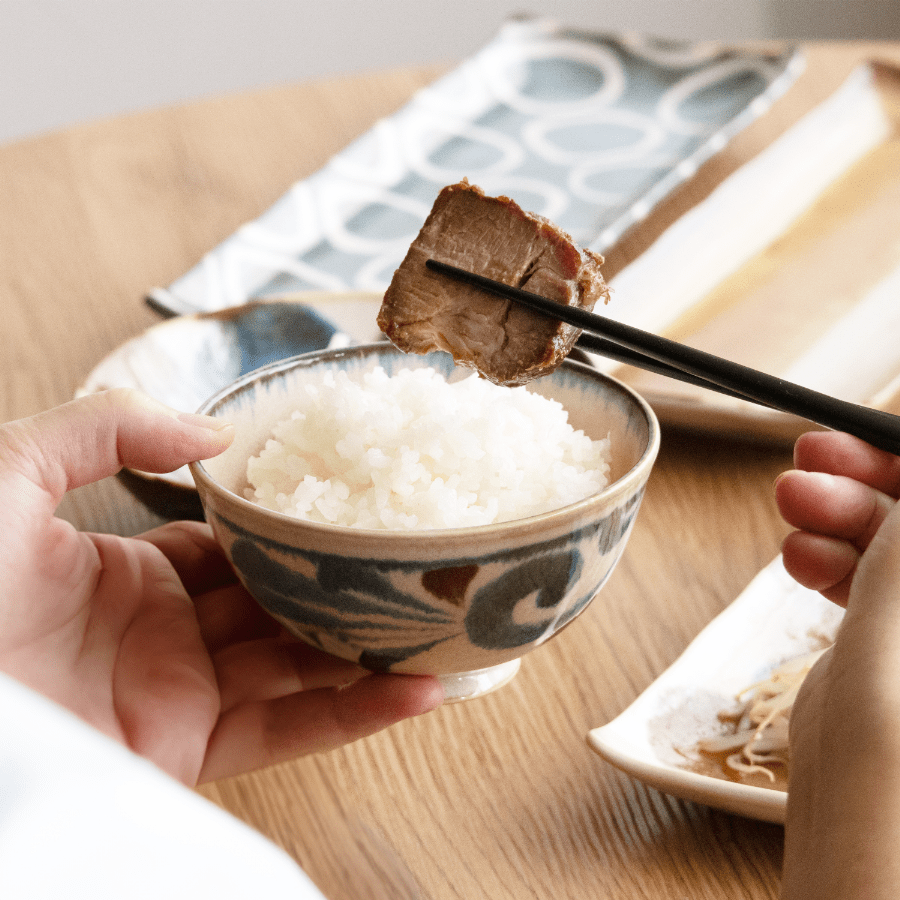
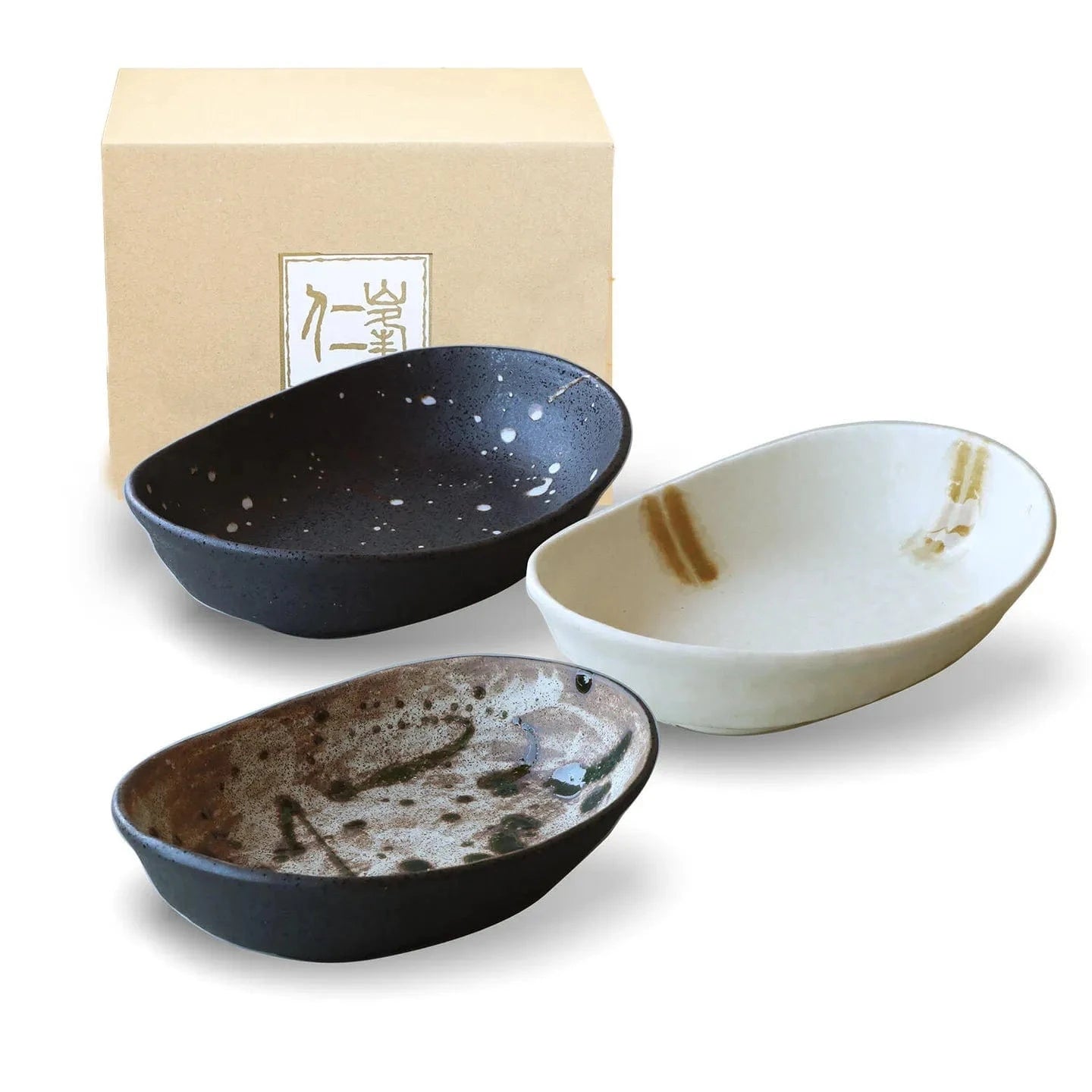
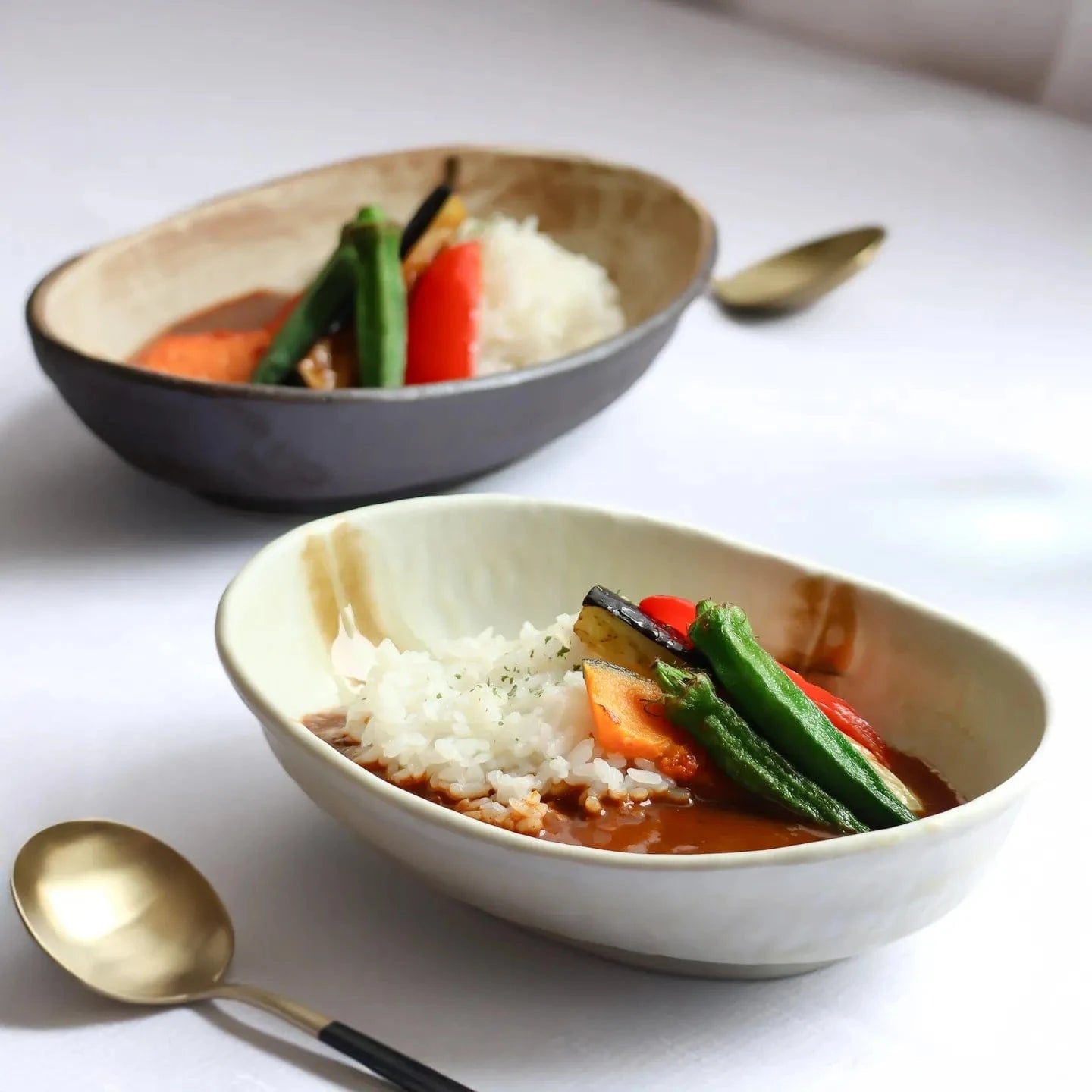
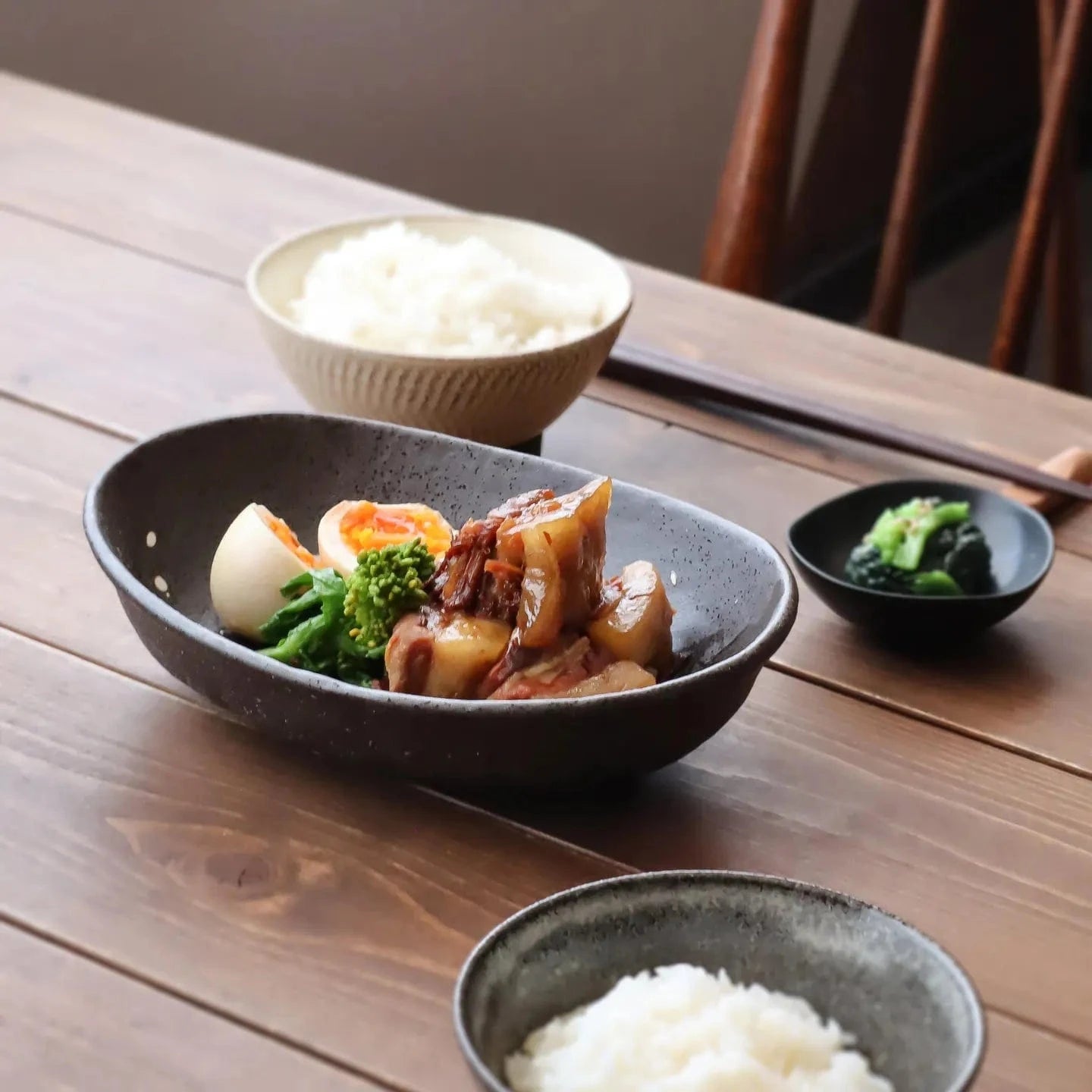
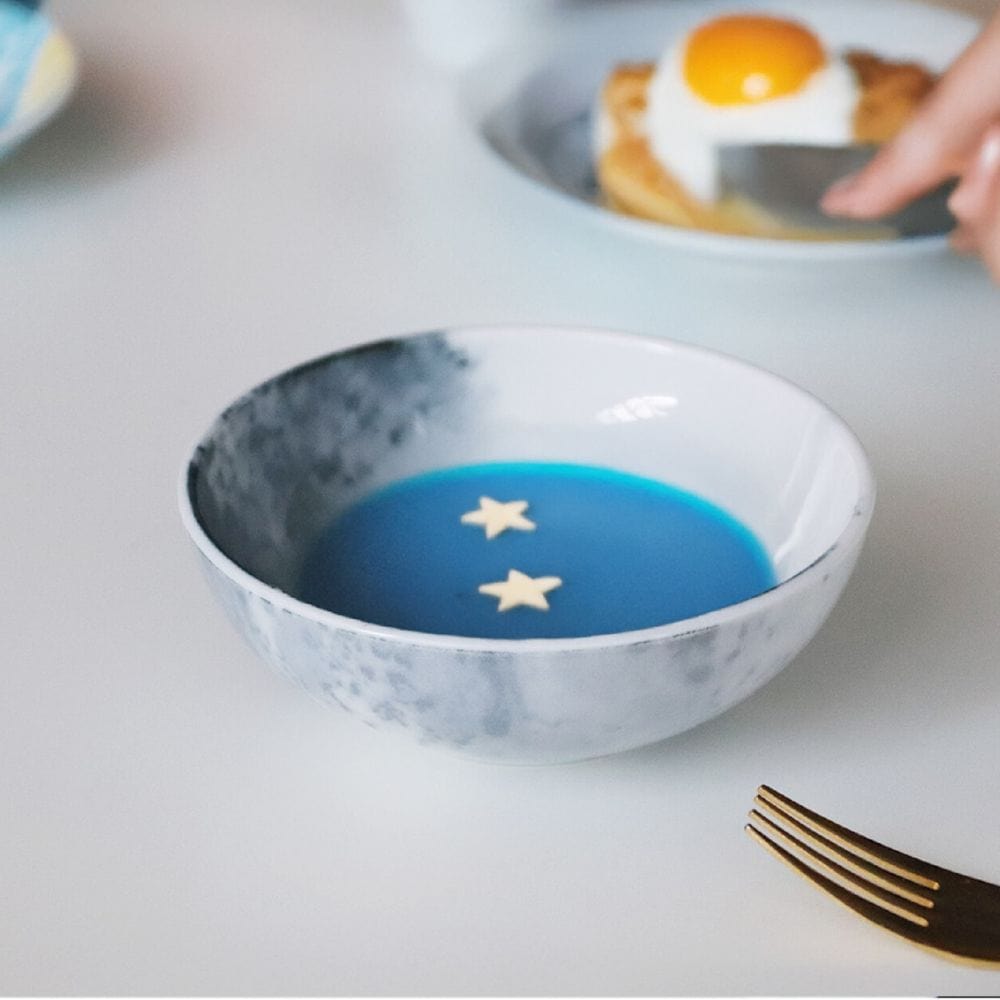
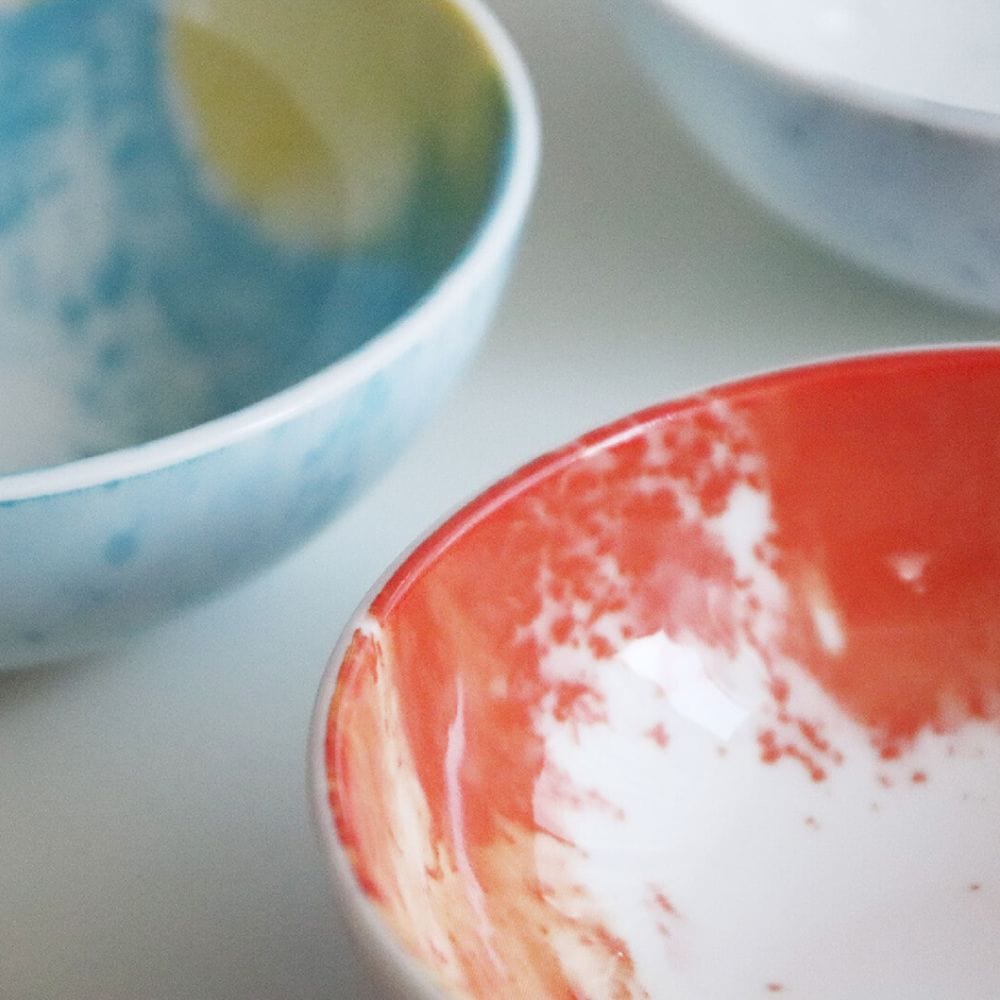
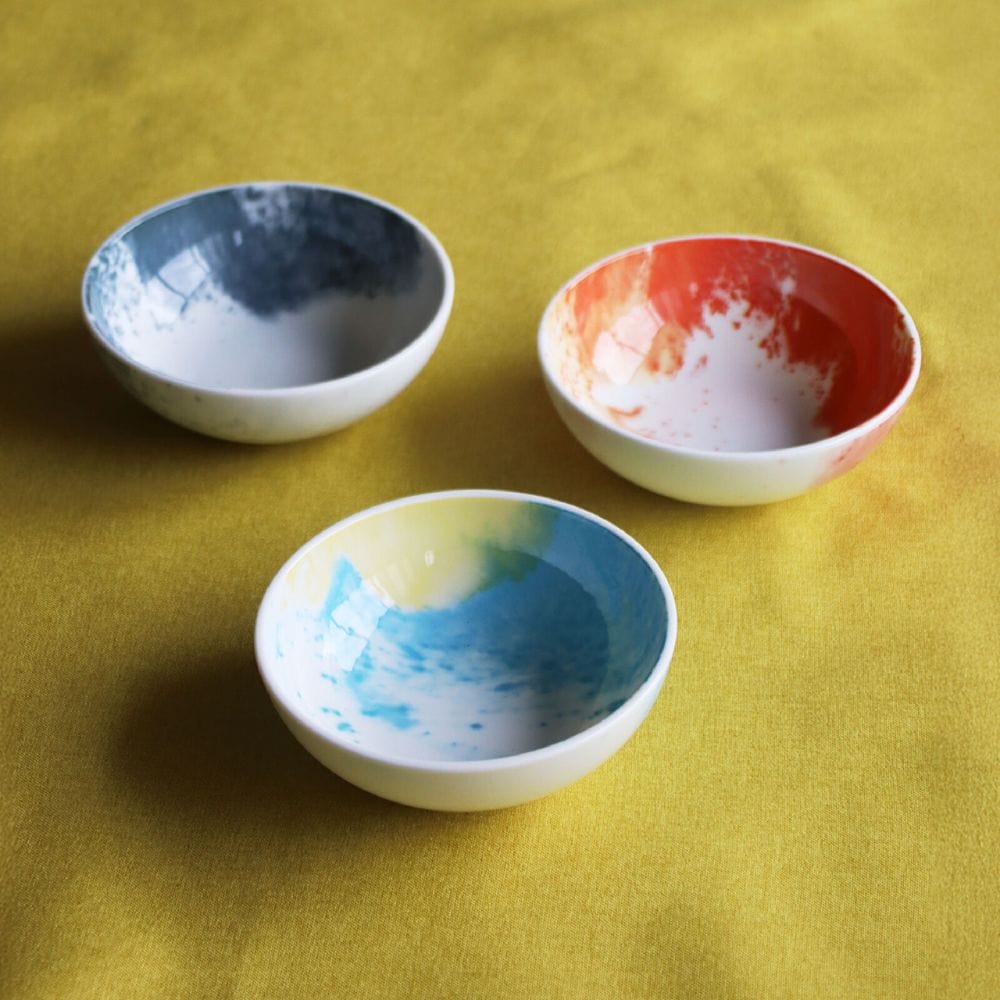
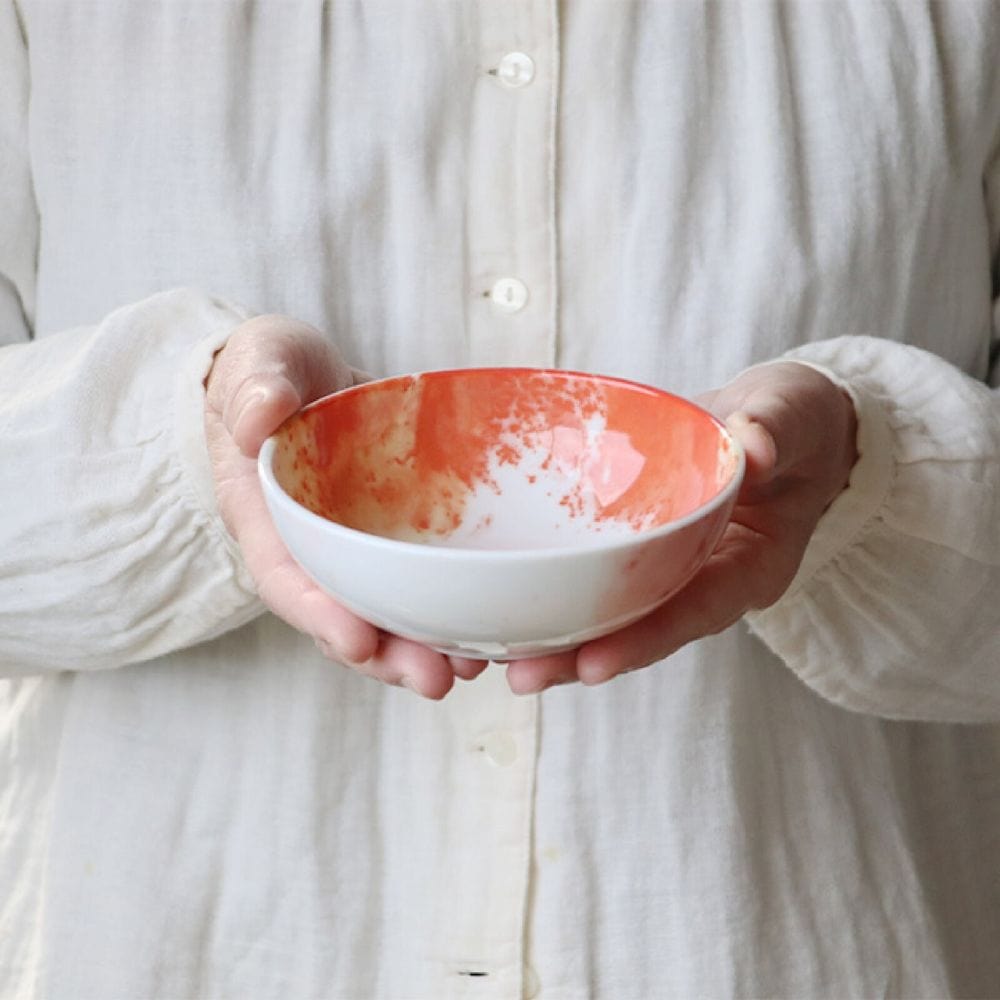
Share: